
The Dodge Durango’s tire pressure monitoring system is designed to enhance safety for both the driver and the vehicle. If a tire pressure warning is activated, it indicates an issue that needs to be resolved. The system encompasses tire pressure sensors, the Dodge Durango’s ECM, and a TPMS receiver module.
How Does the Dodge Durango TPMS Work?
- Tire Pressure Sensors in Dodge Durango: Located within each tire of the Dodge Durango, these devices consistently monitor both the tire’s air pressure and temperature. Although hidden when the tire is on the wheel, the sensor is attached to the valve stem’s base. It comprises a circuit board with an antenna and battery, all encased in a plastic shell.
- Data Transfer Mechanism: Using radio waves, these sensors wirelessly forward their real-time readings to the vehicle’s internal computer. The sensors typically operate on either the 315 Mhz or 433 Mhz frequency bands.
- Role of the TPMS Receiver Module : Serving as a bridge, this module takes in the sensor data, refining it for the Durango’s central computer.
- Dodge Durango’s ECM: Once the data reaches the ECM, it evaluates the readings to ascertain if the tire’s pressure is within an acceptable threshold.
- Pressure Alert System : Should the tire pressure fall beneath acceptable limits, the ECM activates both a warning light on the dashboard and an audible alarm. Moreover, the Dodge Durango’s display guides the driver on the underinflated tire and the appropriate pressure level, displaying a “Tire Low Inflate to XX PSI” message.
- System’s Self-Check Feature: The Dodge Durango’s TPMS can also self-diagnose. If there’s a disruption in communication between a tire pressure sensor and the ECM, a flashing low tire pressure sign appears, coupled with a “SERVICE TPM SYSTEM” message on the display.

Steps to Reset Dodge Durango TPMS
- Park the Dodge Durango on flat ground.
- Ensure that each of the 4 tires is inflated to the specified pressure with the tires cold. (before driving)
- Operate the Dodge Durango for a minimum of 20 minutes, maintaining speeds over 15 Mph (24 km/h).
Steps to Deactivate the Dodge Durango Tire Pressure System
If you substitute the original wheels of the Dodge Durango with those lacking tire pressure sensors, you can turn off the TPMS. Follow these steps:
- Swap out all four wheels for those without tire pressure monitoring sensors.
- Drive the Dodge Durango for a minimum of 20 minutes at speeds exceeding 15 Mph.
- The tire monitoring system will emit a chime sound and the TPMS indicator will flash briefly (about 75 seconds) before remaining lit.
- A prompt will appear saying “SERVICE TPM SYSTEM” and dashes (~) will take the place of the pressure readings.
- Vypněte motor.
- Restartujte motor.
- The “SERVICE TPM SYSTEM” alert will vanish, but the dash symbols (~) will persist in lieu of pressure values.

Steps to Reactivate the Dodge Duragno Tire Pressure System
- Reinstall the four original wheels equipped with TPMS sensors onto the Dodge Durango.
- Drive the Dodge Durango for a span of 20 minutes, maintaining speeds above 15 Mph.
- The tire monitoring system will emit a chime sound; the TPMS indicator will blink for approximately a minute before turning off.
- Toggle the engine between on and off states.
- The tire pressure values will be there again instead of the dashes (~) after driving.
PŘENOSNÁ ČERPADLA PNEUMATIK
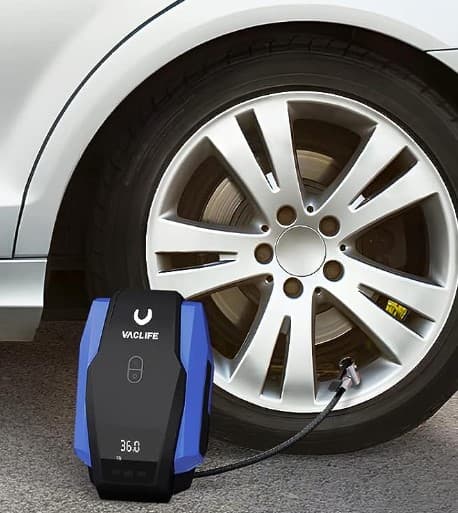
Dodge Durango Tire Pressures
What Activates the Dodge Durango’s Low Tire Pressure Warning?
- Tires not at optimal inflation levels
- Excessively filled tires
- Tires losing air
- Use of wheels without pressure sensors (Driving with the spare)
- TPMS sensor battery running low or malfunctioning
- Faults in the TPMS system or the Durango’s ECM
- Nearby electronics or cars using the same radio frequency bands
- Alterations in climate or altitude conditions
- Carrying too much weight in the vehicle
- Application of snow chains on tires
- Heavy thick window tinting
- Driving on uneven or bumpy roads
- Road Temperature changes
- Damaged, nicked, bubbled or dry-rotted tires
Dodge Durango Tire Pressure Sensor Batteries
Within the Dodge Durango wheels, each tire pressure sensor comprises a miniature circuit board, an antenna, and a small silver-oxide battery. Given that the battery is intrinsically linked to the circuit board, it can’t be replaced or recharged. Should the tire pressure sensor deplete its battery power, it necessitates the replacement of the full tire sensor. Typically, these sensors in the Dodge Durango last between 5 to 10 years or close to 100,000 miles on the road.
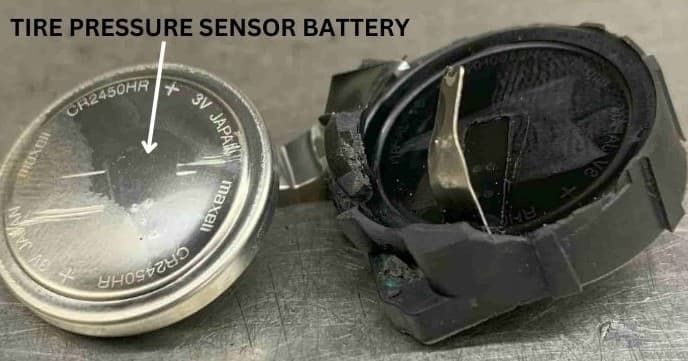
Diagnosing Dodge Durango Tire Pressure Light Problems
Occasionally, the Dodge Durango tire pressure light may remain on even after adhering to the TPMS reset steps. Pinpointing the reason behind the persistent low tire pressure light can involve a bit of experimentation. If you encounter this issue, we recommend trying one or a combination of the following tire pressure light remedies:
Tire Solution 1: Is a Tire Losing Air Pressure?
If the tire pressure warning indicator illuminates, your first action should be to check for any tires that might be deflating due to a leak. Typically, when just one among the four tires exhibits lower pressure, it suggests a leak. To verify, adhere to the following instructions:
- Position the Dodge Durango on a flat surface and visually examine each tire for any signs of inconsistency.
- Ascertain the advised tire pressure and pump air into the deflated tire, ensuring it reaches the precise recommended level.
- Operate the vehicle for about 20 minutes, maintaining speeds above 15 Mph.
- This should extinguish the warning light.
⏩ CONCLUSION : Should the warning light reactivate post-driving, either instantly or after a few days, and it’s the same tire causing the alert, it indicates an air leak in that particular tire. For pinpointing the leak’s source, refer to SOLUTION 6.
Tire Solution 2: Reset the Dodge Durango ECM
When the tire pressure indicator is activated, the Dodge Durango’s computer logs this as a diagnostic trouble code (DTC) and saves it. If you suspect that the tire pressure light is a result of a system malfunction, consider rebooting the car’s computer to potentially clear the associated DTC. Here’s the procedure:
- Ensure all tire pressures align with the specified cold measurements.
- Power off the Durango’s engine and shut down all electronic systems.
- Open the car’s hood and detach the negative terminal from the 12 Volt battery.
- Pause for a brief period before reattaching the negative battery terminal.
- Drive for 20-30 minutes while maintaining a steady 50 Mph to allow sensor recalibration.
⏩ MOVING FORWARD : If after rebooting the Dodge Durango’s computer the tire pressure indicator turns off but reactivates during your drive, it points to either a deflating tire or a communication error between one/multiple tire pressure sensors and the ECM. Often, a weakening sensor battery is the cause. Consult SOLUTION 3 to pinpoint the malfunctioning tire pressure sensor.
SKENOVACÍ NÁSTROJ OBD2 TPMS
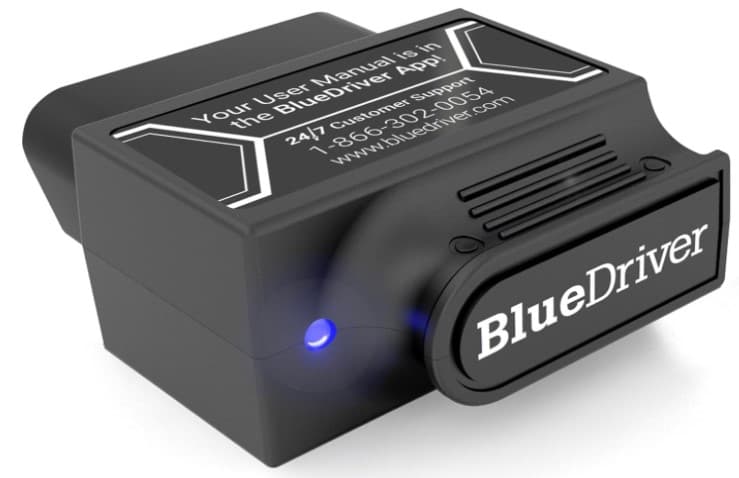
Tire Solution 3: Diagnosing a Faulty Tire Pressure Sensor
If you suspect that a tire pressure sensor might be malfunctioning, utilize a TPMS diagnostic/programming tool to assess each sensor’s operational status.
- Connect the TPMS diagnostic tool to the OBD2 port of the Dodge Durango below the steering column.
- Adhere to the displayed guidelines on the tool.
- Position the diagnostic device right in front of the valve stem of the driver side front tire and choose the “activate” or “trigger” option.
- Patiently await the tool’s feedback, then proceed to examine the other tire pressure sensors as prompted by the device.
⏩ RESULT : Post-assessment, the TPMS diagnostic tool will generate a detailed review of every tire pressure sensor. Should any sensor convey inconsistent data, fail to link with the diagnostic tool, or indicate a depleting or exhausted battery, that sensor mandates a replacement.

Tire Solution 4: Re-Activate a Dodge Durango TPMS Sensor
Tire pressure sensors may sometimes go dormant. To try reactivating a non-responsive sensor, execute the following actions:
- Deflate the problematic tire by depressing the valve stem core.
- Let out air until the tire’s pressure drops between 15-20 Psi.
- Pump up the tire so its pressure is 5 Psi over the suggested level.
- Drive the Dodge Durango for a duration of 20 minutes, maintaining speeds in excess of 15 Mph.
- Upon completing the drive, revert the tire’s pressure to its OEM recommended pressure.
⏩ IMPORTANT NOTE : Once done, proceed with the routine tire pressure reset process.
Tire Solution 5: Tire Pressure Warnings Across Different Temperatures
Given that air temperature greatly influences tire air pressure, it’s not unusual, based on your geographical location, for the tire pressure light to turn on and off autonomously. This often occurs when there’s a notable drop in temperatures overnight or during seasonal changes.
⏩ RECOMMENDATION : To address this, allow the Dodge Durango’s tires to cool down to ambient temperature (prior to driving). Then, proceed to check and modify the tire pressure. Making adjustments while the tires are cold guarantees the most precise pressure measurements.
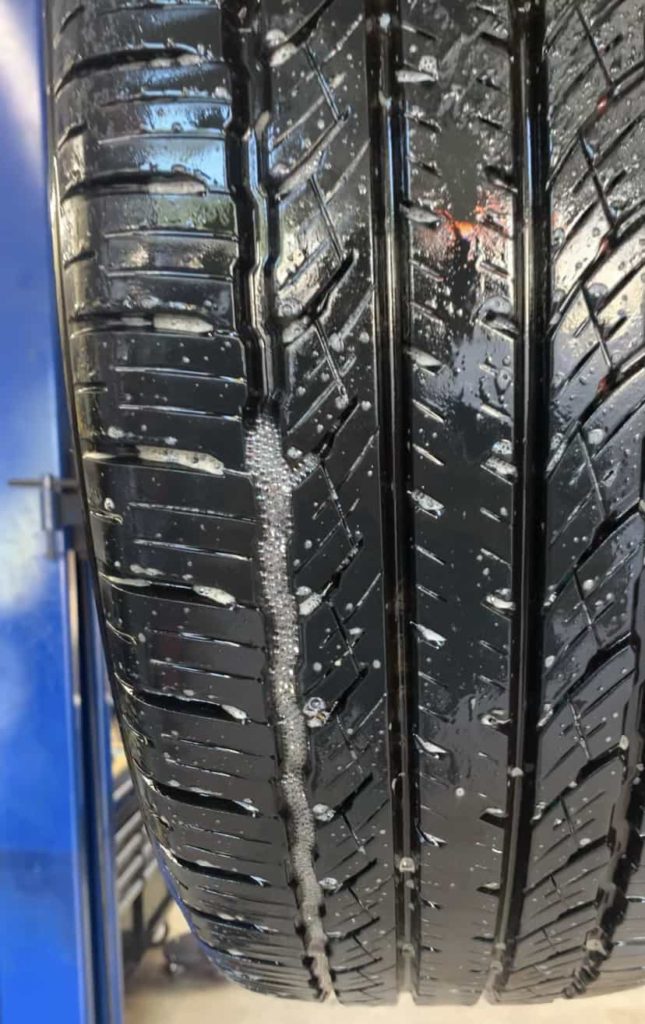
Tire Solution 6: Find Out Where the Tire is Leaking From
If your tire is losing air, here’s a straightforward method to pinpoint the leak. Items Required : Air pump, a spray container, water, soap. Steps to Identify the Leak:
- Inflate the tire to a minimum of 35 Psi.
- Combine the water and detergent in the spray container.
- Drench the whole tire with the soapy water solution.
- Look over the tire for tiny bubbles emerging from its surface.
⏩ CONCLUSION : Identify tiny air bubbles on the tire, and you’ve located the leak! Use chalk to mark the leakage spot for easy puncture repair.
Temperature Changes and Their Effect on Dodge Durango Tire Pressure
The relationship between the ambient air temperature and the tire pressure of a Dodge Durango is direct and significant. Based on the ideal gas law, a decrease of 12°F in temperature will result in the Durango’s tire pressure dropping by approximately 1-2 psi. This means if you were to measure the tire pressure during a freezing 30°F morning and then again on a 70°F afternoon, there could be a differential of up to 4-6 psi, purely due to temperature variations. This is more than enough loss of air pressure to trigger the Dodge Durango low tire pressure alert.
Understanding Dodge Durango Tires
Steps for Ensuring Dodge Durango TPMS Post Tire or Wheel Change
When changing the tires of the Dodge Durango, adhere to the standard TPMS reset instructions. If you change out the wheels or rims, transfer the OEM tire pressure sensors to the new set or opt for new sensors. Upon replacing the sensors, you’ll have to program them with the Dodge Durango ECM using a TPMS programming device. Ensure they operate on the same radio frequency as the original sensors!
Understanding How Altitude Changes Impact Dodge Durango Tire Pressure
In the Dodge Durango, tire pressure isn’t just affected by temperature and wear but also by altitude changes. Research indicates that for every increase of 1,000 feet in altitude, there’s a decrease of roughly 0.5-1 psi in tire pressure. So, journeying up a 6,000-foot high mountain road? Your Durango’s tires might be underinflated by 3-6 psi! This will also likely trigger the low tire pressure light.
DIGITÁLNÍ MĚŘIČ TLAKU PNEUMATIK
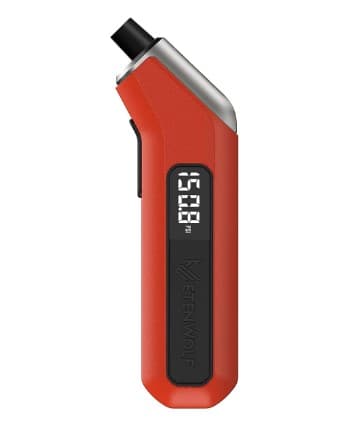
Is it Safe to Drive the Dodge Durango With the Low Tire Pressure Light On?
Operating the Dodge Durango when the tire pressure warning is activated is generally not safe. When the tire pressure alert illuminates, it’s essential to determine the cause. The issue usually stems from two primary sources: either the tire pressure is below the desired level or a tire pressure sensor isn’t communicating with the Dodge Durango’s ECM/ECU. We advise that you halt your journey, take a close look at each tire, measure the air pressure manually, and follow the mentioned troubleshooting steps.
How Long Can You Drive the Dodge Durango With the Low Tire Pressure Light On?
When the tire pressure alert is triggered because of an underinflated tire, we recommend filling it and promptly investigating the reason for its deflation. Conversely, if the alert is activated because a TPMS sensor can’t communicate with the Dodge Durango’s ECM or receiver module, it doesn’t pose a direct safety risk. But, you’ll miss out on warnings about decreased tire pressure, as the system can’t detect and inform about the current tire conditions (which could become a safety risk). – So, it depends on why the tire light is on before determining how long you can drive.
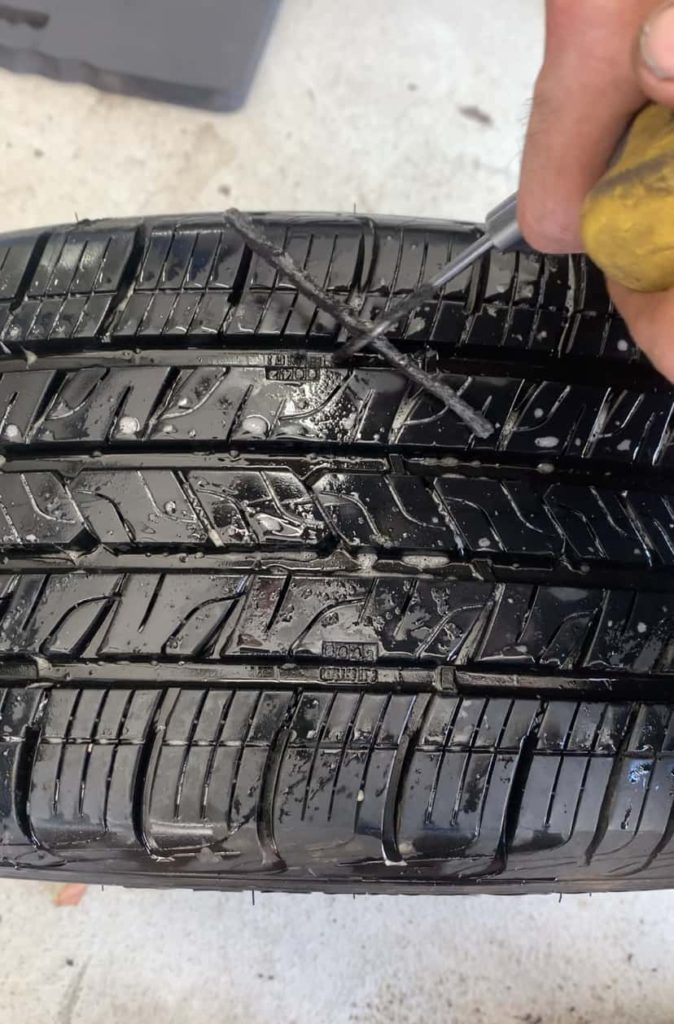
Why is the Dodge Durango Tire Light Flashing?
When you notice the tire indicator (yellow exclamation point) blinking for roughly a minute and then remaining lit every time you start the Dodge Durango, it’s indicative of a TPMS malfunction. This problem isn’t related to air pressure but is associated with defects or errors in the components of the tire pressure system, such as sensors, the receiver module, or ECM. The ECM triggers a TPMS malfunction if there’s a communication breakdown with a tire pressure sensor. For instance, if you’re driving the Durango with its spare tire, the ECM won’t interact with it due to the absence of an internal tire pressure sensor. A similar issue arises when a sensor’s battery diminishes, hindering its communication capacity with the ECM. Refer to Solution 3 in the diagnostic section to pinpoint the problematic tire pressure sensor.















